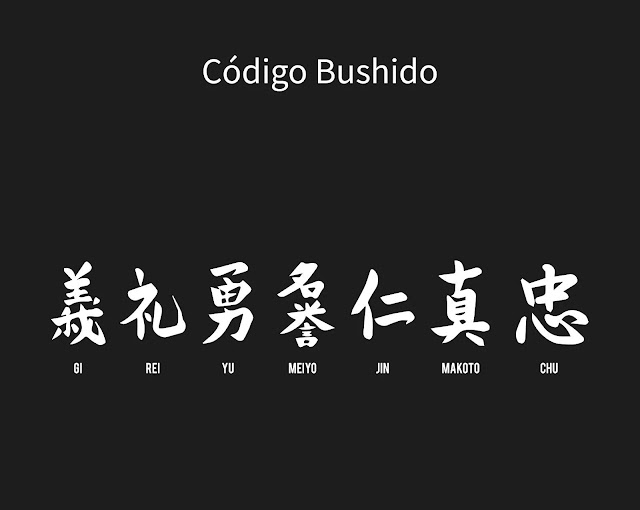Ninjutsu 忍術
Ninjutsu 忍術
Ninjutsu (忍術), sometimes used interchangeably with the modern term Ninpō (忍法), is the strategy and tactics of unconventional warfare, guerrilla warfare and espionage purportedly practiced by the shinobi (commonly known outside Japan as ninja). Ninjutsu was a separate discipline in some traditional Japanese schools, which integrated study of more conventional martial arts (Taijutsu) along with Shurikenjutsu, Kenjutsu, Sōjutsu, Bōjutsu and others.
History
Spying in Japan dates as far back as Prince Shōtoku (572–622), although the origins of the ninja date much earlier. According to Shōninki, the first open usage of Ninjutsu during a military campaign was in the Genpei War, when Minamoto no Kuro Yoshitsune chose warriors to serve as shinobi during a battle. This manuscript goes on to say that during the Kenmu era, Kusunoki Masashige frequently used Ninjutsu. According to footnotes in this manuscript, the Genpei War lasted from 1180 to 1185, and the Kenmu Restoration occurred between 1333 and 1336. Ninjutsu was developed by groups of people mainly from Kōka and the Iga Province of Japan.
Throughout history, the shinobi were assassins, scouts, and spies who were hired mostly by territorial lords known as the daimyōs. They conducted operations that samurai were forbidden to partake in. Shinobi are mainly noted for their use of stealth and deception. Throughout history, many different schools (Ryū) have taught their unique versions of Ninjutsu. An example of these is the Togakure-ryū, which was developed after a defeated samurai warrior called Daisuke Togakure escaped to the region of Iga. He later came in contact with the warrior-monk Kain Doshi, who taught him a new way of viewing life and the means of survival (Ninjutsu).
Ninjutsu was developed as a collection of fundamental survivalist techniques in the warring state of feudal Japan. The ninja used their art to ensure their survival in a time of violent political turmoil. Ninjutsu included methods of gathering information and techniques of non-detection, avoidance, and misdirection. Ninjutsu involved training in free running, disguise, escape, concealment, archery, and medicine. Skills relating to espionage and assassination were highly useful to warring factions in feudal Japan. At some point the skills of espionage became known collectively as Ninjutsu, and the people who specialized in these tasks were called shinobi no mono.
Spying in Japan dates as far back as Prince Shōtoku (572–622), although the origins of the ninja date much earlier. According to Shōninki, the first open usage of Ninjutsu during a military campaign was in the Genpei War, when Minamoto no Kuro Yoshitsune chose warriors to serve as shinobi during a battle. This manuscript goes on to say that during the Kenmu era, Kusunoki Masashige frequently used Ninjutsu. According to footnotes in this manuscript, the Genpei War lasted from 1180 to 1185, and the Kenmu Restoration occurred between 1333 and 1336. Ninjutsu was developed by groups of people mainly from Kōka and the Iga Province of Japan.
Throughout history, the shinobi were assassins, scouts, and spies who were hired mostly by territorial lords known as the daimyōs. They conducted operations that samurai were forbidden to partake in. Shinobi are mainly noted for their use of stealth and deception. Throughout history, many different schools (Ryū) have taught their unique versions of Ninjutsu. An example of these is the Togakure-ryū, which was developed after a defeated samurai warrior called Daisuke Togakure escaped to the region of Iga. He later came in contact with the warrior-monk Kain Doshi, who taught him a new way of viewing life and the means of survival (Ninjutsu).
Ninjutsu was developed as a collection of fundamental survivalist techniques in the warring state of feudal Japan. The ninja used their art to ensure their survival in a time of violent political turmoil. Ninjutsu included methods of gathering information and techniques of non-detection, avoidance, and misdirection. Ninjutsu involved training in free running, disguise, escape, concealment, archery, and medicine. Skills relating to espionage and assassination were highly useful to warring factions in feudal Japan. At some point the skills of espionage became known collectively as Ninjutsu, and the people who specialized in these tasks were called shinobi no mono.
The eighteen skills
The 18 disciplines are:
Bajutsu – horsemanship
Bōjutsu – stick and staff techniques
Bōryaku – tactics
Chi-mon – geography
Chōhō – espionage
Hensōjutsu – disguise and impersonation
Intonjutsu – escaping and concealment
Kayakujutsu – pyrotechnics
Kenjutsu – sword techniques
Kusarigamajutsu – kusarigama (chain-sickle) techniques
Naginatajutsu – naginata (polearm) techniques
Seishinteki kyōyō – spiritual refinement
Shinobi-iri – stealth and infiltration
Shurikenjutsu – throwing weapons techniques
Sōjutsu – spear techniques
Sui-ren – water training
Taijutsu – unarmed combat
Tenmon – meteorology














Comentários
Enviar um comentário